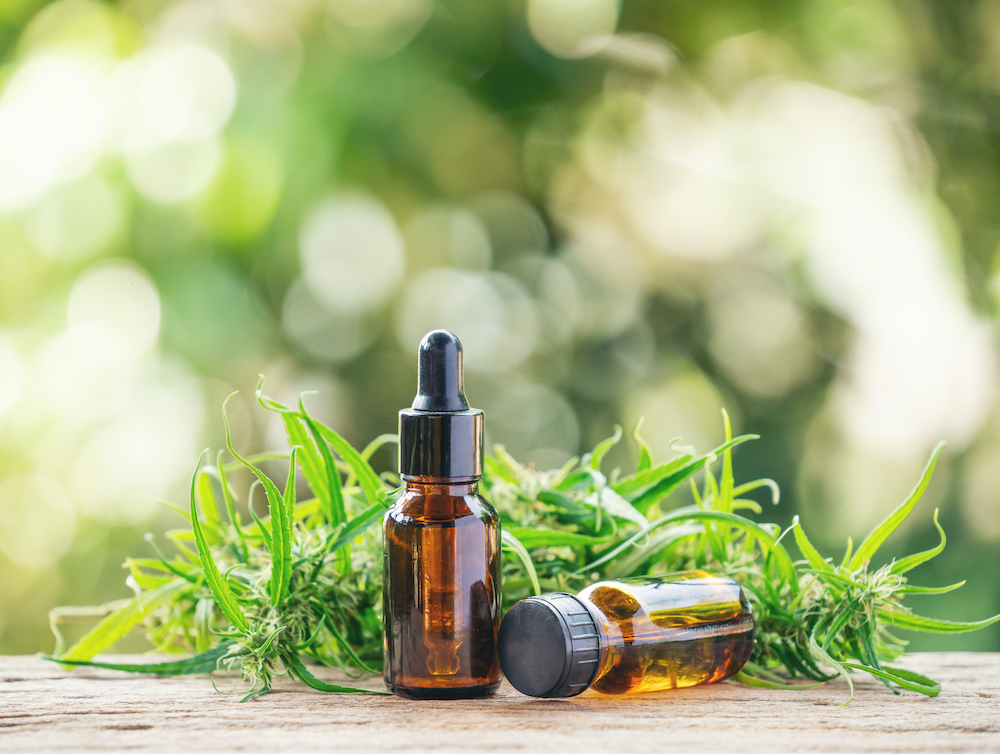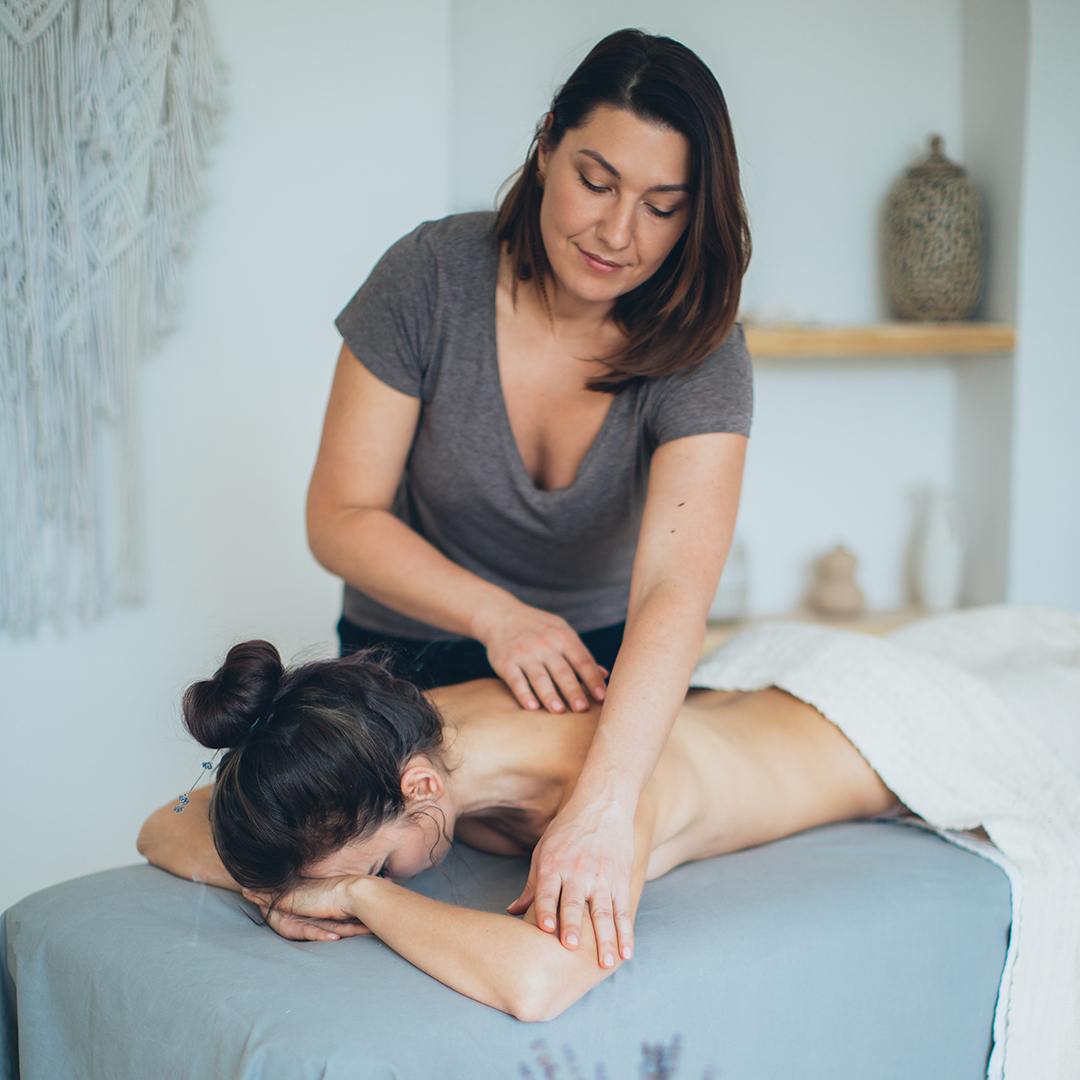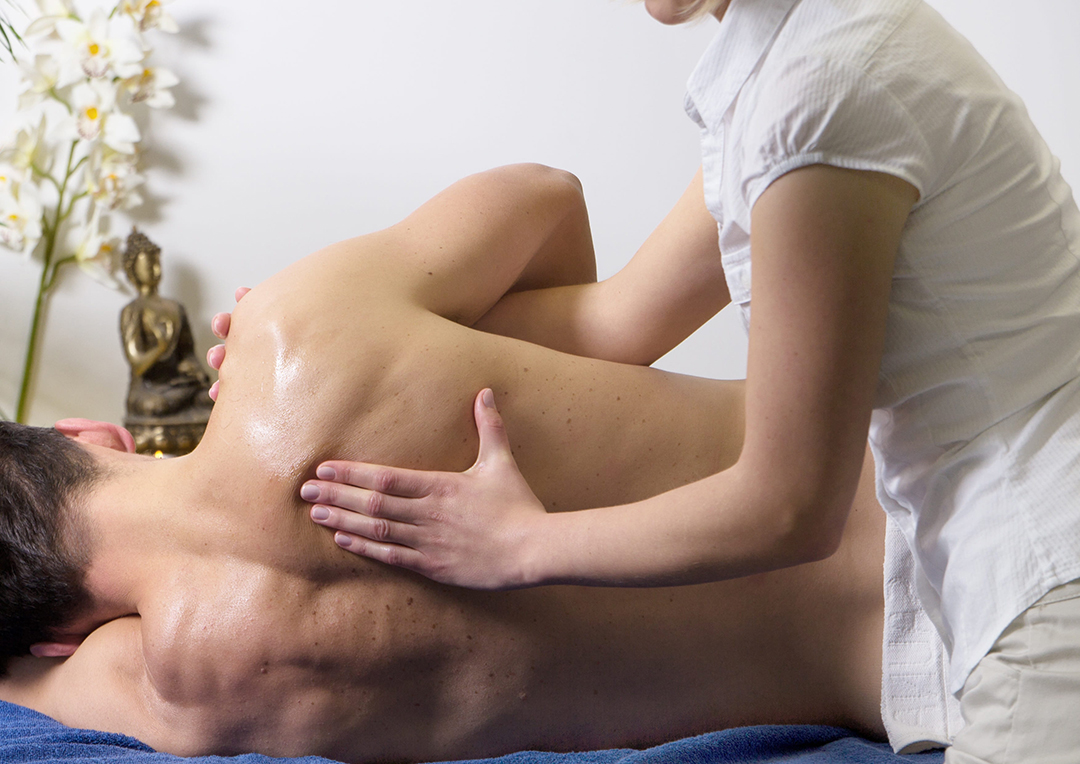CBD is a buzzword the modern massage industry. Indeed, as cannabis is legalized in more states, multiple trades are considering how the addition of CBD and cannabis products can add value. Is CBD massage a novelty that will soon fade? Or can today’s LMTs expect CBD massage to become commonplace? Today we’re reviewing the current research on CBD, particularly on how CBD can reduce inflammation. Our hope is to keep LMTs and massage clients informed on why CBD massage is appealing, how it works, and why you might want to consider adding it to your next massage session. We begin with an overview of the CBD industry, to provide context for the world of CBD massage.
The CBD Industry
Creams, balms, oils, lotions, and other topical products containing CBD have bourgeoned in the past five years, as increasing numbers of states have legalized cannabis products for medical and recreational purposes. In December of 2018, the Agriculture Improvement Act removed hemp from the federal list of controlled substances, federally legalizing the manufacture of CBD products. Such products are predicted to comprise a $2.15 billion industry by 2021, according to Consumer Reports. With well-known companies including Biotone producing CBD-enhanced massage products, therapists can expect continued growth in this area.
How does CBD work in the body?
The brain triggers the release of neuropeptides to rapidly shift functioning in cells across the body. Receptors on cell surfaces accept these neurochemicals. You may be familiar with endorphins, one class of neuropeptides that relieve pain.
In the 1960s, the so-called godfather of cannabis research identified the first cannabinoid receptor, which he named anandamide, from the Sanskrit word “ananda,” which means “supreme joy.” Seven decades of research has revealed that the endocannabinoid system is responsible for resetting the body after stress. Cannabinoids are released following injury to reduce inflammation and to offset strenuous exercise. Finally, cannabinoids also help regulate appetite, immune function, and memory formation.
While scientists are still uncovering how CBD works in the body, we do know that it increases the number of natural or “native” cannabinoids, binds with “feel good” serotonin receptors, and activates GABA receptors, which calm the nervous system. These are only a handful of the outcomes spurred by CBD—as Moises Velasquez-Manoff writes in the New York Times, “With more than 65 cellular targets, CBD may provide a kind of full-body massage at the molecular level.” Much research is still to be done, but many scientists suspect that CBD may be effective at treating hundreds of diseases because it impacts the body’s main pathways for inflammation and oxidative stress. In other words, CBD products may accomplish what many massage clients seek: pain and stress relief.
CBD and Inflammation Research
As Massage Magazine reports, animal studies have found that CBD can accelerate healing of injured connective tissue, while also battling anxiety to offset pain. One such study was published in the July 2016 issue of the European Journal of Pain. It found that topical CBD application “has therapeutic potential for relief of arthritis pain-related behaviors and inflammation without evident side effects.”
Researchers measured knee joint circumference, skin temperature over the inflamed joint, heat sensitivity, and pain-related behavior in rats which had been induced with arthritis. Results indicate that CBD gel is “an effective treatment for reduction in inflammation.” The researchers of this study concluded that CBD is a good candidate for further development of treatment therapy. They emphasized that CBD reduced inflammation symptoms without any apparent psychotropic effects. In other words, the rats’ cognition did not appear affected by the application of CBD gel.
Of course, much more research is needed to determine whether these positive outcomes would also apply in general human inflammation and pain. However, a 2019 article listed in the National Institutes of Health database confirmed that CBD is safe for human use, at least in the short term. This study’s authors also called for more research, particularly into the effects of chronic CBD use, and with larger sample sizes.
Although formal research on CBD does not yet exist, many CBD users report immediate pain relief. If cannabis is legal in your state, you may discover that many of your clients would be interested in trying CBD-infused massage products, which we examine next.
Massage Therapy CBD Products
Topical CBD products include creams, serums, balms, oils, lotions, salves, and patches. These are typically applied in two ways: To the entire body, as in a massage oil, or in one area, to target specific pain.
When selecting CBD-infused massage products, research how much CBD each product contains. Unlike other medical products, there is no federal regulation of CBD products, because no legal consistency exists across all states. As such, different products may contain wildly different amounts of active CBD. For targeted application, aim for higher amounts of CBD, for maximum efficacy.
Note that massage therapists would do well to avoid direct contact with products containing THC, to avoid absorption via the hands during massage therapy. Wear latex gloves when applying products containing THC.
CBD Massage in Oregon
Students who are earning their massage therapist certification at Portland massage schools will be interested to know how CBD massage is developing in the Beaver State. According to the Oregon Chapter of the American Massage Therapy Association, the Oregon Board of Massage Therapy permits the use of topical CBD products, as long as the THC content of the product is below 0.3%. The state’s topical ointments policy also states that products containing CBD must be tested by an OLCC-approved laboratory. There are separate rules for applying recreational marijuana products containing more than 0.3%, which we will cover in an upcoming post.
For best efficacy, the OBMT recommends frequent application of CBD, rather than opting for higher concentrations in a single setting. The one exception is neuropathy, which seems to improve more with a higher concentration of cannabinoids.
The OBMT suggests diluting CBD oil in any carrier oil but notes that wood-derived oils may change the chemical makeup of cannabinoids, making them more easily absorbed through the skin. Finally, the board notes that there are no known contraindications for the use of cannabinoid topicals but does warn therapists that the green tint of some such products may stain sheets.
At our Portland, Oregon school of massage, our mission is to empower LMTs to stay at the cutting edge of massage technology. Stay tuned to this page for ongoing updates on CBD massage and other industry developments.




